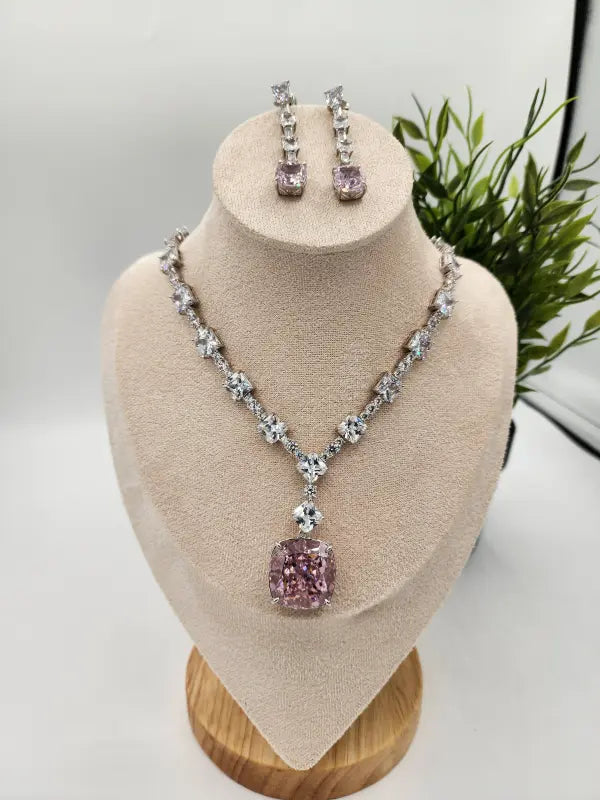Bandhani, also known as Bandhej, is a traditional Indian tie-dye technique that has been practiced for centuries. This intricate art form, which involves plucking the cloth with fingernails into tiny bindings to create intricate designs, has a rich history and cultural significance. Originating from the Indian states of Gujarat and Rajasthan, Bandhani is celebrated for its vibrant colors, symbolic patterns, and deep-rooted connection to Indian heritage.
The Origins of Bandhani: A Journey Through Time

The origins of Bandhani can be traced back to the Indus Valley Civilization, where evidence suggests that dyeing techniques were in use as early as 4000 B.C. This ancient art form has stood the test of time, evolving and flourishing through various periods in Indian history. One of the earliest examples of Bandhani can be seen in the 6th-century paintings depicting the life of Buddha on the walls of Cave 1 at Ajanta. These paintings showcase the pervasive type of Bandhani dots that are still popular today.
The term "Bandhani" is derived from the Sanskrit word "bandh," which means "to bind or tie." This is a fitting name for a craft that revolves around the process of tying and dyeing fabric to create intricate patterns. Over time, Bandhani became deeply ingrained in the cultural fabric of Gujarat and Rajasthan, where it is still widely practiced today.
The Art of Bandhani: Techniques and Craftsmanship

Creating Bandhani is a highly skilled and labor-intensive process that requires precision and patience. The technique involves tightly tying the fabric with threads at several points, creating a resist that prevents the dye from reaching certain areas. This results in a variety of patterns, such as Chandrakala, Bavan Baug, and Shikari, depending on how the cloth is tied.
The colors used in Bandhani are often vibrant and natural, with red, yellow, blue, green, and black being the most common. These colors are typically derived from natural dyes, which not only add to the richness of the fabric but also ensure that the final product is environmentally friendly.
Bandhani work is predominantly carried out by the Khatri community of Kutch and Saurashtra in Gujarat. The process is often a family trade, with women working at home to tie patterns on the fabric. A single meter of cloth can contain thousands of tiny knots, known as "bheendi" in Gujarati. These knots are strategically placed to form intricate designs that are revealed once the fabric is dyed and the threads are removed.
Regional Variations: Bandhani Across India

While Bandhani is primarily associated with Gujarat and Rajasthan, the craft has spread to other regions in India, each adding its own unique touch to the art form. In Gujarat, cities like Ahmedabad, Jamnagar, Bhuj, and Rajkot are well-known centers of Bandhani production. Jamnagar, in particular, is famous for its red Bandhani, which is said to gain its distinctive brightness from the local water.
In Rajasthan, Bandhani is produced in cities like Jaipur, Sikar, Bhilwara, Udaipur, Bikaner, and Ajmer. The Rajasthani style of Bandhani often features different colors and designs compared to the Gujarati style. For instance, while the red and maroon hues dominate the Bandhani of Jamnagar, the Bandhani of Rajasthan might showcase a broader palette, including vibrant yellows, greens, and blues.
In Tamil Nadu, Bandhani is known as "Sungudi." Though the techniques and patterns may differ slightly, the essence of tie-dye remains the same, connecting these regional variations through a shared heritage of craftsmanship.
The Cultural Significance of Bandhani: Colors, Symbols, and Traditions

Bandhani is not just a craft; it is a cultural symbol that carries deep meanings and traditions. In many parts of India, Bandhani garments, especially sarees and turbans, are worn during significant life events like weddings and festivals. The colors used in Bandhani are believed to carry symbolic meanings. For example, red is considered auspicious and is often worn by brides as it is believed to bring good luck to their married life.
Different communities in Rajasthan have long used Bandhani patterns on turbans as a way to signify their identity. The specific design and color of the turban could indicate the wearer’s community or social status, making Bandhani not just a decorative art but also a form of social communication.
The Evolution of Bandhani: From Tradition to Modern Fashion

Over the centuries, Bandhani has evolved from a traditional craft into a significant part of contemporary Indian fashion. The intricate patterns and vibrant colors of Bandhani have made it a popular choice for designers looking to incorporate traditional elements into modern fashion.
Today, Bandhani is used in a variety of garments, including sarees, dupattas, lehengas, and even contemporary Western clothing like scarves and dresses. The demand for Bandhani increases significantly during the festive and wedding seasons in India, with the bulk of the market being domestic.
However, Bandhani has also gained international recognition, with designers and fashion houses around the world incorporating this traditional Indian technique into their collections. The rich history and unique aesthetics of Bandhani make it a timeless art form that continues to captivate people across the globe.
The Future of Bandhani: Preserving a Timeless Craft
As the demand for handmade, sustainable, and culturally significant products grows, Bandhani is poised to continue its legacy as a cherished art form. However, the future of Bandhani depends on the preservation of traditional techniques and the passing down of skills from one generation to the next.
Organizations and artisans are working to ensure that Bandhani remains a viable livelihood for the communities that have practiced this craft for centuries. Efforts are being made to promote Bandhani not only within India but also on the global stage, highlighting its cultural significance and the artistry involved in its creation.




